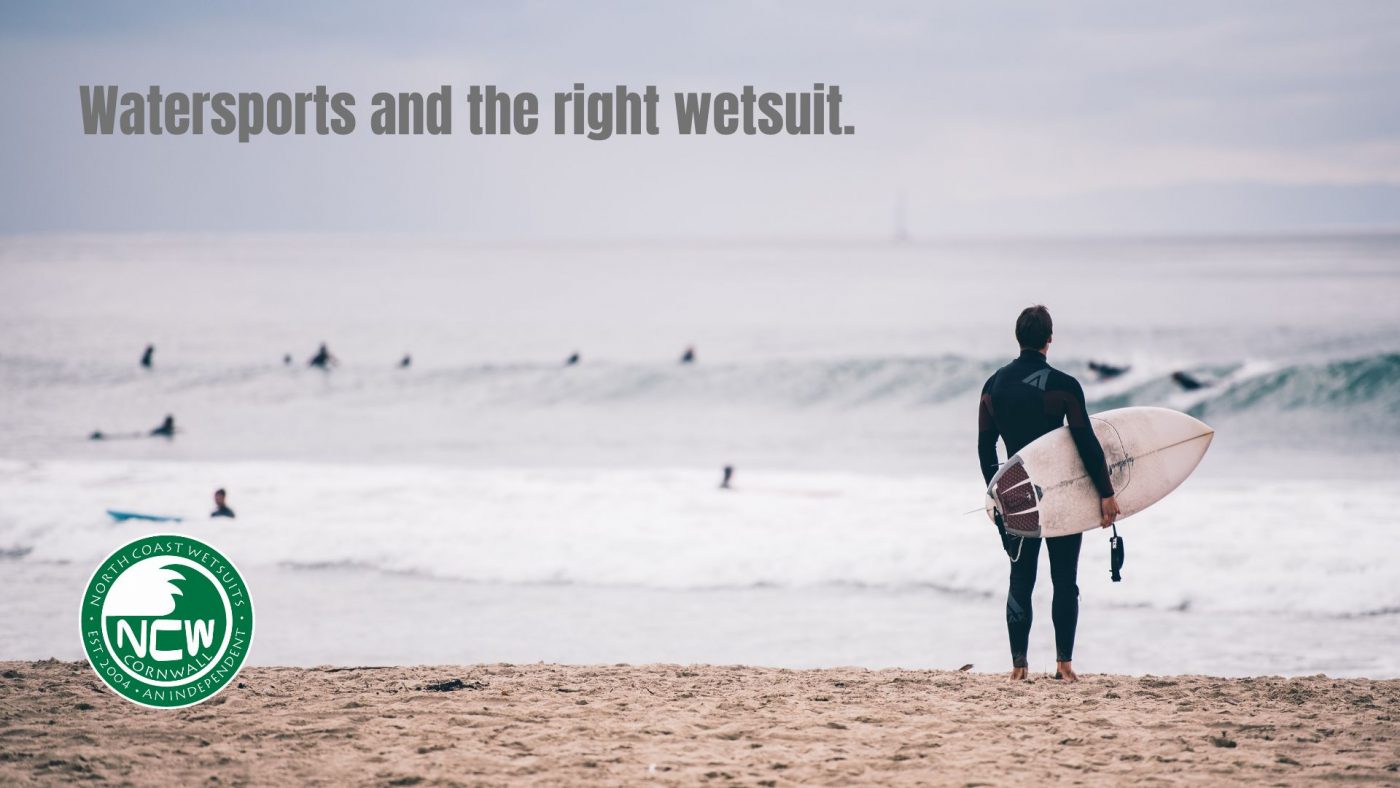Watersports such as surfing, windsurfing, SUP and wild swimming, can in theory be done at any time of year. There are plenty who indulge right through the seasons, irrespective of what month it is. Mostly, this is down to wearing good quality wetsuits fit for UK conditions. In fact, these conditions may be found elsewhere making a good quality wetsuit a worthy investment should riders be venturing to other locations.
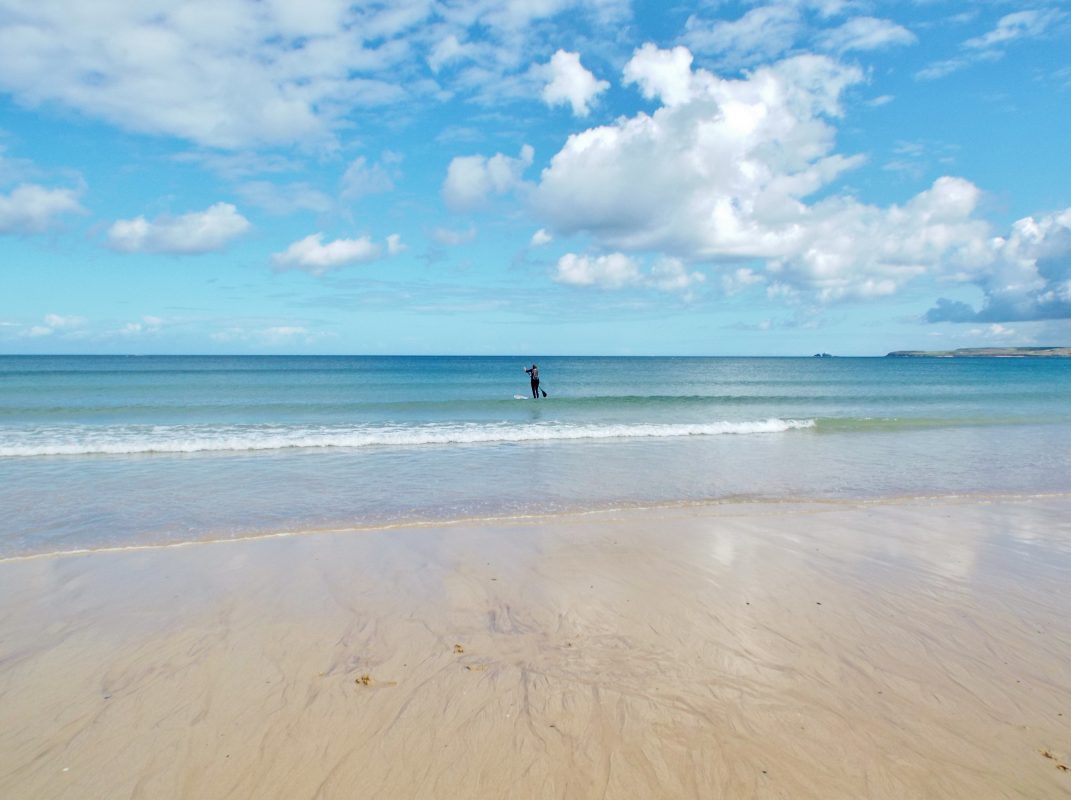
As seasons change, however, swapping your standard rubber wetsuit for something different is often required for UK watersports. A 6mm thick rubber suit would be slightly overkill in late spring for instance. At which point what should you be wearing? How warm do you need to be for surfing in May? And what about October? Read on to find out about various watersports (like surfing) and how seasonality affects what you wear when indulging in these sports at various points in the year.
Surfing.
Surfing is hugely popular. It’s a continuing trend that sees all beaches prone to waves get progressively busier and busier as the spring and summer wear on. Cornish beaches can often become so bombed out with surfers during high season that picking times around the peaks can be worthwhile if you’re after a quieter ride.
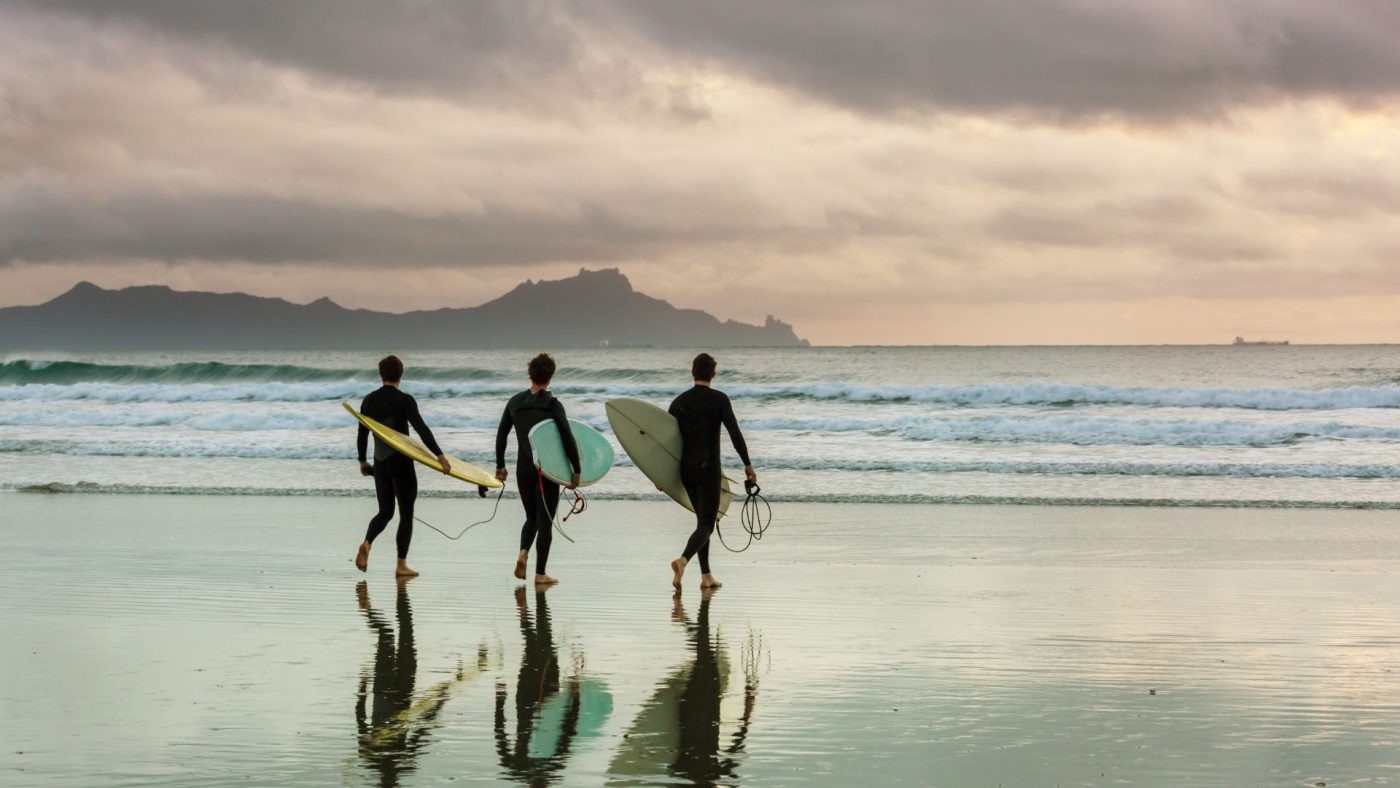
Elsewhere in the country wave venues – especially beach breaks can be equally as busy. But unlike Cornwall, the body of water that swells pulse through can have a much different personality. The North Sea, for instance, remains pretty cool all year round. Not benefitting from the warming Gulf Stream, like the Atlantic, surfers in this neck of the woods are often wearing much thicker rubber – even during high silly season.
Surfing is super addictive, however. From that first movement, you slide sideways along a liquid wall of water you’re hooked. So wearing a wetsuit is seen as a small price to pay for continued enjoyment and stoke. Even if said rubber happens to be a bit thicker based on your chosen location.
What wetsuit do I need for surfing?
In winter you’ll need the thickest rubber you can get your mitts on. The air and water will be cold. Sure, there may be respite with slightly warmer periods but by and large winter requires riders to have more protection, inclusive of accessories like boots, gloves and hood.
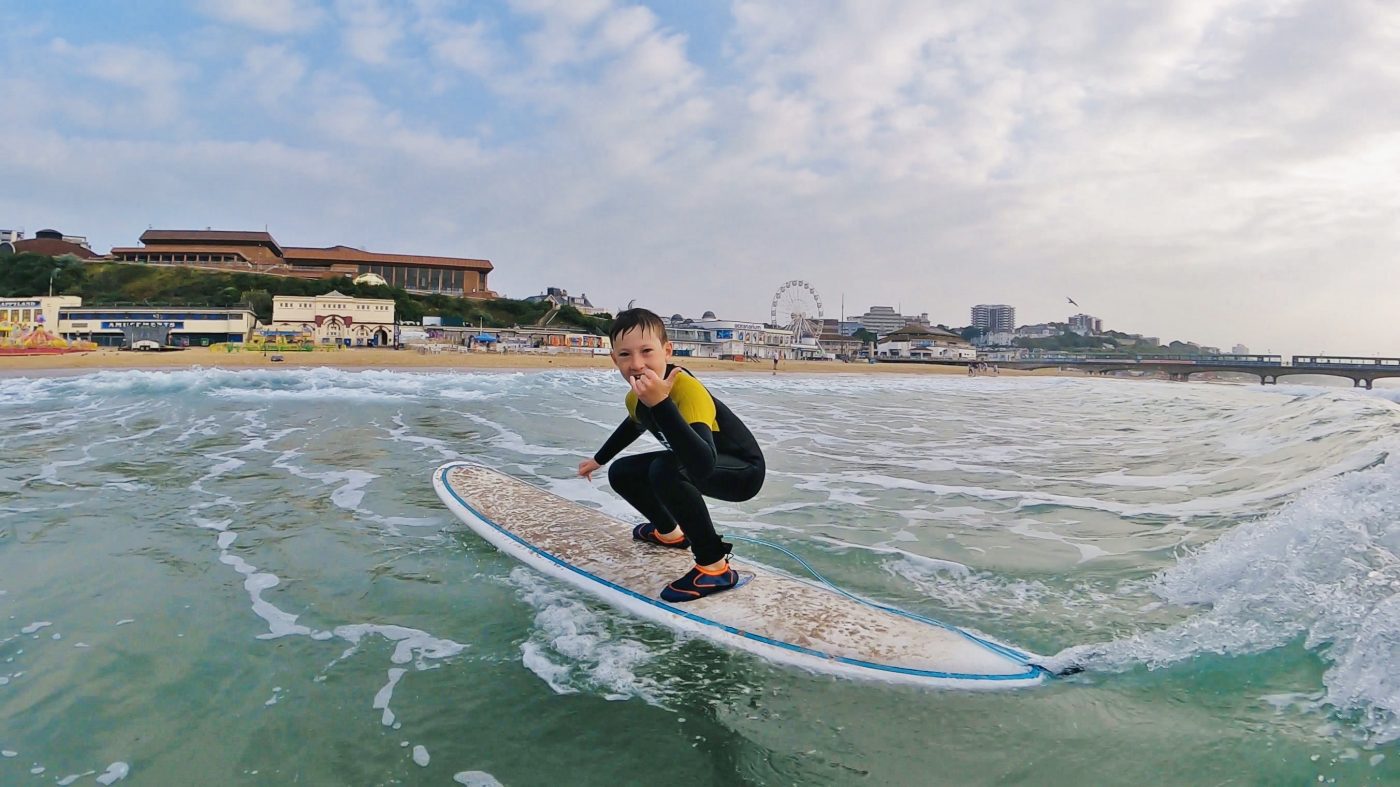
As spring rolls around surfers may be able to shed some neoprene. A 4mm wetsuit could be fine on warmer days. Be aware, however, that seas are at their coldest in spring, regardless of warmer air temperatures. Early summer may still require surfers being in a thicker wetsuit. The water, however, will start to warm and pretty soon you may be able to shed even more rubber. In high season a 3mm – perhaps with short arms – may be doable. During heat waves shorties (or on rare occasions) boardshorts may be gotten away with. Be aware not to under dress though. The UK’s weather can change quickly and it go from being hot to chilly in the blink of an eye.
Autumn is when the UK’s seas are at their warmest. The downside is air temperatures are slowly dropping. Early autumn could see surfers still wearing 3mm suits. This’ll quickly change as we head towards the latter part of the season with thicker rubber once again being needed. And then the cycle repeats itself.
Things to note.
Being an immersive sport, surfers are in the water more than they’re out of it. This needs to be considered as cold saltwater can feel even cooler if you’re not dressed in appropriate attire. Also, with the UK’s weather being so changeable, riders need to be prepared to swap and change their wetsuits according to conditions. It’s not uncommon to revert back to a 4mm full wetsuit during the height of summer should a cold spell sweep in.
Windsurfing and kitesurfing.
Windsurfing is a pure feeling of adrenaline once you blast back and forth across the brine. Even before that point, many windies become totally and hopelessly addicted to having the power of breeze in their hands.
As watersports go windsurfing can be practised anywhere there’s water – in theory. Lakes, rivers and coastal locations are all prime for a spot of windsurfing action. For many accomplished riders it escalates to the point of being about waves. Seeking out blowy weather with swell ends up being a lifelong pursuit. But for UK bound windsurfers this means off season riding – unless it’s a particularly gusty summer.
Even in high season, however, windsurfing can be super fun. Blasting along in minimal water wear, a sea breeze propelling riders along under a blazing sun: the stuff of dreams. During warmer months windsurfing is pretty accessible to most. It’s only when those gales start puffing does it switch to being a sport for the committed.
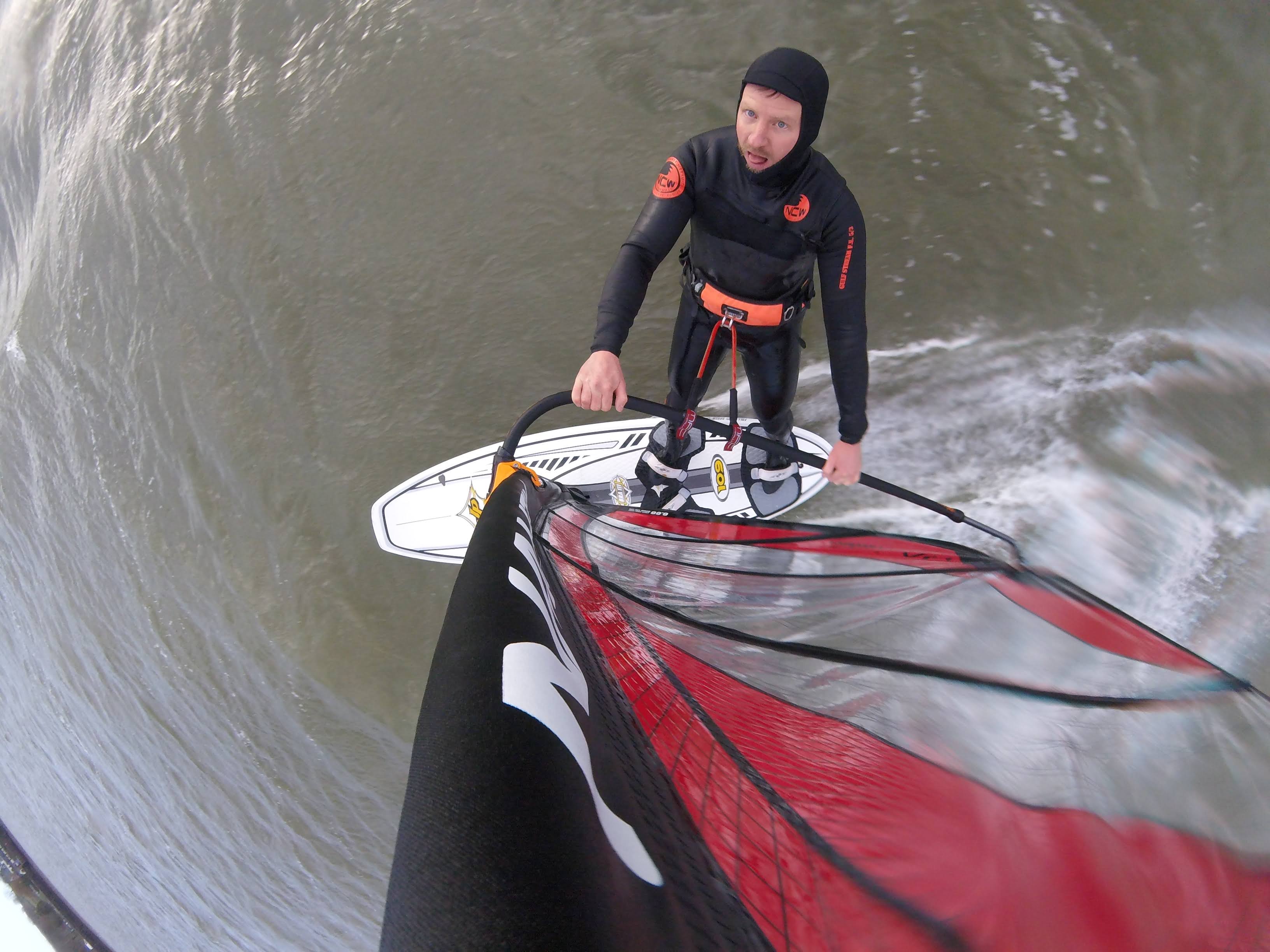
What wetsuit do I need for windsurfing and kitesurfing?
With windsurfing riders are more often to be found above the drink. There are certainly those unceremonious dunkings. But it’s usually a swift exercise in getting back on board for the next run. Windsurfers also move quicker through the air. And with wet bodies and speed comes induced wind chill. The actual wind only serves to exacerbate this further.
Off season windsurfing means the thickest rubber. Come spring and the wind chill will mostly remain until waters and air temperature become significantly warmer. Only when properly mild should windsurfers drop the thickness of their wetsuits. In summer, it may be possible to ride with even less but take heed as it’s very easy to end up cold or worse! Should a rider become separated from their equipment, and be required to swim home, choosing that thicker rubber will be seen as a wise decision.
Things to note.
Riders sailing at coastal locations will generally find warmer waters in winter than their inland, lake dwelling brethren. Non-saline water can get colder than saltwater so be prepared. Windsurfing specific wetsuits may also include additional materials to help fend off evaporative cooling. They may also be manufactured in a slightly more robust manner than that of surfing wetsuits. That said, surfing wetsuits can be used for windsurfing these days. You don’t HAVE to go specialist.
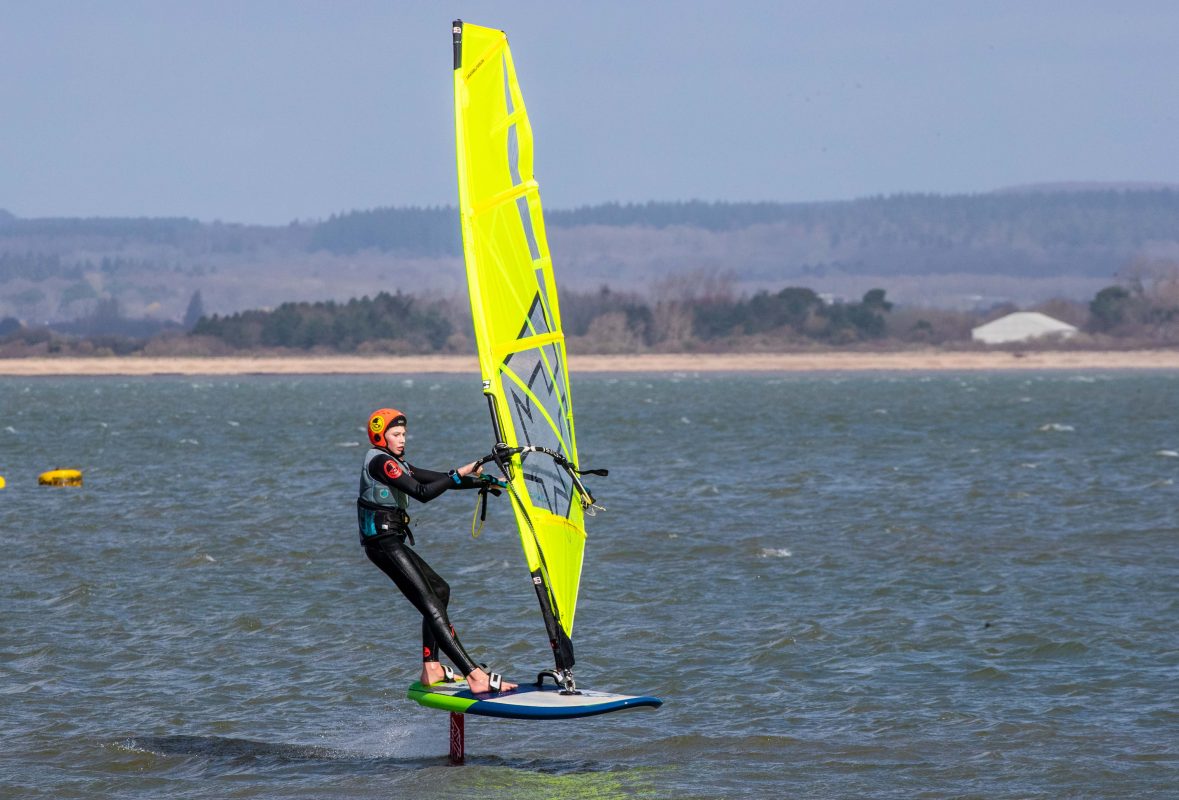
Kitesurfing can also be thrown in the mix with windsurfing. Kitesurfers essentially go through the same process on the water. Therefore considerations about what wetsuit to wear when windsurfing can be attributed to kitesurfing.
Fringe surfing.
Fringe surfing watersports, for those not familiar, is the act of riding alternative surf craft. In recent years bellyboarding, mat surfing, hand planing, tray surfing and body surfing have all gained in popularity. Unfortunately, surfers in the UK (especially seasoned riders) are all well aware of the inconsistent nature of waves we get. Every dog has its day but swells can be blown out or less than quality. In which case your standard shortboard just isn’t cutting it. Step forward the humble bellyboard, or surfing mat, and suddenly that sloppy surf session is all fun and smiles.
We know many hardened surfers who’ve seen the light with fringe surfing. And the stoke’s real. To the uninitiated fringe surfing activities may look kooky. But who cares when you’re having fun? As such fringe converts are appearing daily. And we see no sign of this slowing down.
What wetsuit do I need for fringe surfing?
Fringe surfers are immersed – just as with their prone surfing counterparts. There can often be a lot of lying down with fringe surfing watersports meaning riders are never truly out of the water for any length of time. As such without a thick enough wetsuit, able to cope with the conditions on offer, fringe riders will get cold quickly. Whilst fringe surfing fun can be enjoyed at any time of year it’s mostly the summer months that see the majority of riders entering the water. As such, with the water and air being warmer, thinner rubber can be gotten away with.
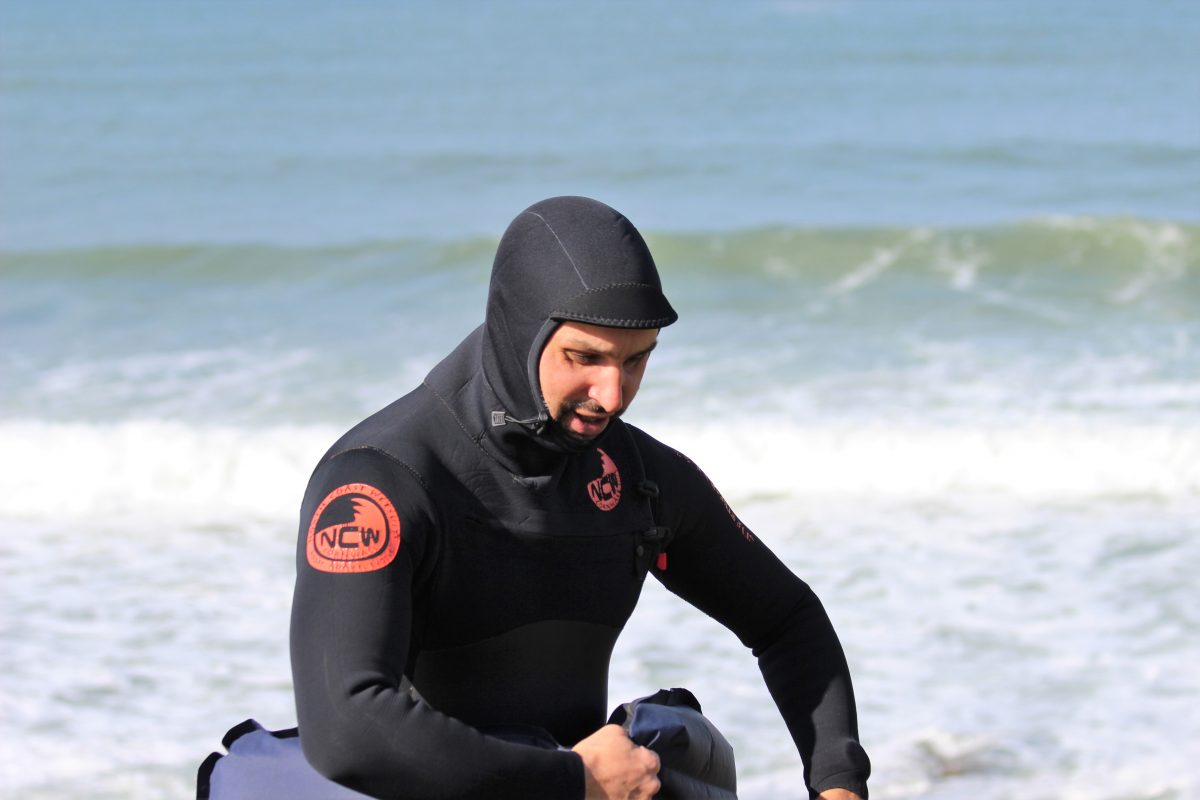
You should consider how robust your suit is, due to the scrambling about on abrasive craft. And also, some fringe surfers wear boots and gloves – mainly to protect themselves against knocks, bruises and cuts.
Things to note.
Fringe surfers don’t need quality waves. Which can open venues not renowned for their surfing prowess. Think locations away from headline venues. This does mean attire should be given additional thought. Riders may need more protection so worth having a think.
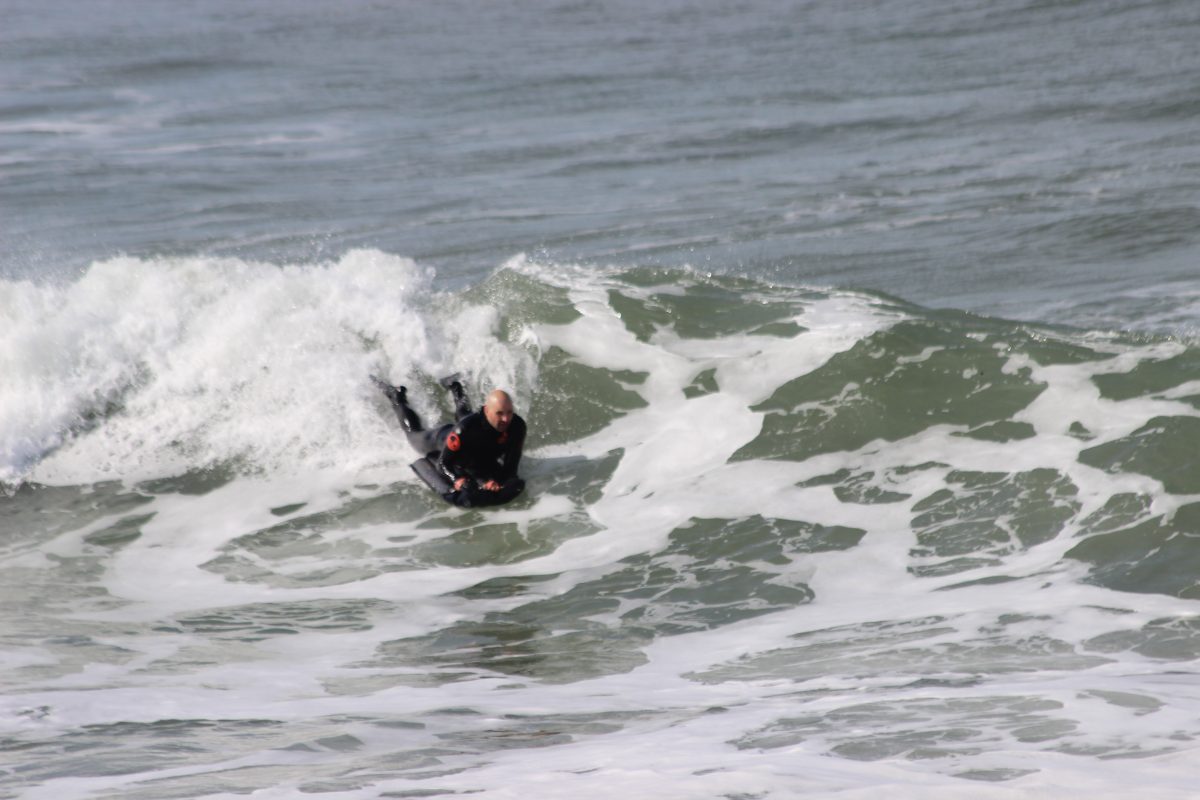
Wild swimming.
Wild swimming is another activity that’s gained considerable traction in the last few years. Cold water watersports and wild swimming (often referred to as the Wim Hoff method) are promoted as being great for its healing properties and ability to help reset one’s headspace. Wild swimming, a hybrid of cold water immersion, aims to deliver the same healthy benefits whilst additionally helping dippers enjoy the outdoors. It can be as low an impact sport as you want or, alternatively, use it as a training arm for things like triathlon or ironman.
Wild swimming in its purest sense is promoted as a sans wetsuit pursuit. But for some – especially those building up to skin bathing – some form of rubbery protection is still needed. And even those who do stroke without a wetsuit they can often be wearing accessories like wetty gloves, shoes and hat. Particularly during the off season.
What wetsuit do I need for wild swimming?
This depends on who you are, what you’re trying to achieve and seasonality. You may only require the thinnest of coverings, even when wild swimming during winter. Likewise, you may want full wetsuit protection. Some of NCW’s wild swimming customers do indeed wear 5/3mm wetsuits.
Deeming this necessary it’s one reason why NCW spends time making sure our suits are as flexible as possible. We’re acutely aware of just how many people use our products for various watery applications. NCW wetsuits therefore have to serve multiple purposes.
Things to note.
We often have customers visiting us with problems having purchased smooth skin triathlon wetsuits. Being super lightweight, yet extremely prone to nicks and tears, wild swimming environments can often be harsh for wetsuits like this. In most cases, we end up swapping out these triathlon watersports suits for a more robust NCW type.
Watersports for kids.
Kids, just like their parents, need a quality wetsuits for all types of watersports. In fact, there’s a good argument to say your offspring require better rubbery protection as they colder much quicker than adults. NCW design proper kid’s wetsuits that fit all types of watersports. And as such our reputation for being a peddler of such watersports goods has grown considerably.
We’re now a go to retailer for kiddy wetsuits and watersports products suited to your wee ones. Even if just frolicking about at the beach during school holidays NCW kid’s wetsuits are a great choice. They’re had wearing and work a treat. Feedback from our kiddy customers is always positive. And parents who are happy their children are happy speaks for themselves.
What wetsuit do I need for my child?
It should go without saying that any child entering the water in winter will need a good quality, well fitting, proper winter wetsuit. Such as the ones NCW provides. How hardy your young ones are will determine what they need as warmer months roll round. Many of our kiddy watersports customers opt to wear winter wetsuits in summer.
As we know, kids get cold much quicker than adults and the UK’s weather isn’t the most reliable. That said NW has different types of children’s wetsuits that reflect different times of year. If you’re heading overseas, where it’s hotter, then we can also provide thinner rubber and things like kid’s shorties.
Things to note.
Getting the right fit is crucial with kids’ wetsuits. It’s no good assuming your child is one size only to discover this isn’t the case. To make sure you get a good kiddy wetsuit fit measuring will need to be done. We have a guide to measuring kids for wetsuits which you can find. If you’re still needing help and/or advice then get in touch with us.
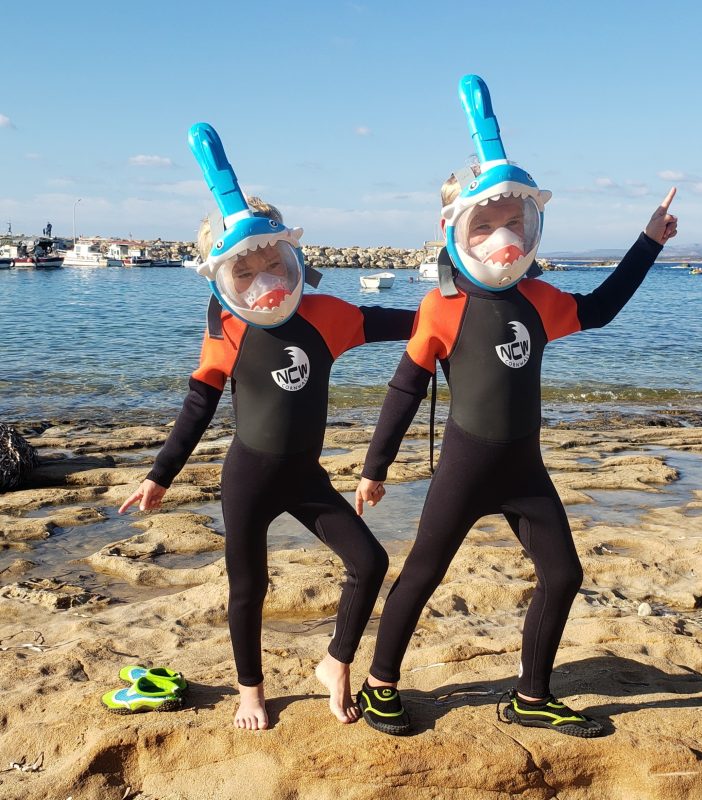
Paddle sports (SUP and kayak).
Paddle sports, like SUP and kayaking (sit on top), are possibly one of the most accessible watersports you can participate in. Unlike surfing, for instance, you only need flat water. And this can be any stretch that has put in options. Not having to drive to the coast means paddling can be done at the drop of a hat for many. Being able to grab a quick hour or so is simpler than prepping for tidal waters.
This is one reason paddle boarding became the go to discipline through COVID where we were ‘confined to barracks’ for long periods of time.
What wetsuit do I need for paddling?
Seasonality, as with all these sports, will play its part when considering what wetsuit to use. Kayaking is perhaps a tad moister than SUP as stand ups are more elevated and less susceptible to spray. There’s definitely the wind chill element to consider and that’ll come down to the conditions on the day. Also, paddle sports require flexibility.
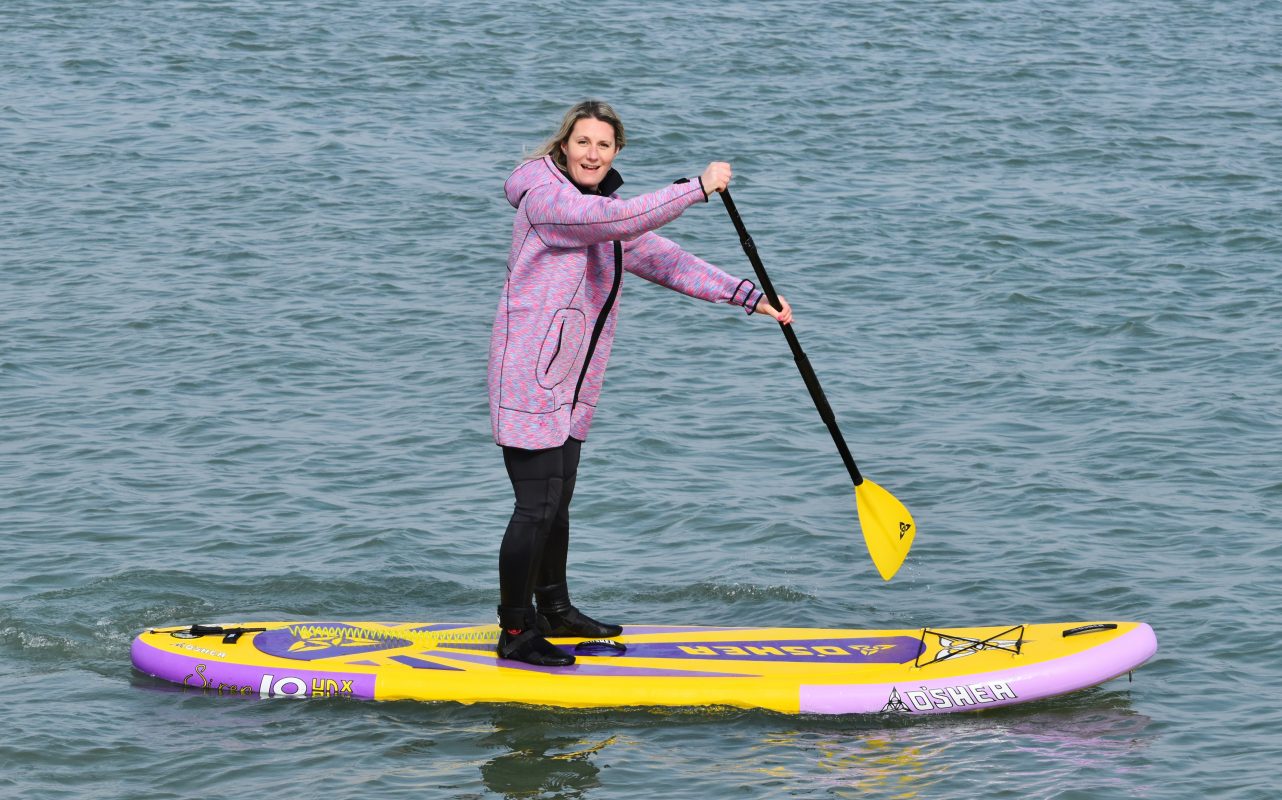
Any attire should accommodate upper body movement around the shoulder and arms. Riders may take a dunking so keep this in mind. Flat water paddling will maybe point towards less protection. Whereas SUPing and kayaking in the surf will require a wetsuit suitable for submersible activities. Layering is always a good idea with flat water as you can remove and add as needed.
Things to note.
When scrambling back on stand up paddle boards or sit on top kayaks, wetsuit stress areas, such as knees and elbows, need to be thought about. Reinforcements to stop your wetsuit from getting worn are necessary. Fortunately, NCW wetsuits come with these features as standard so you need not worry. Tough neoprene in general is required for paddle sports. Especially if you’ll be scrambling about on river banks and lakesides which can be harsh environments.
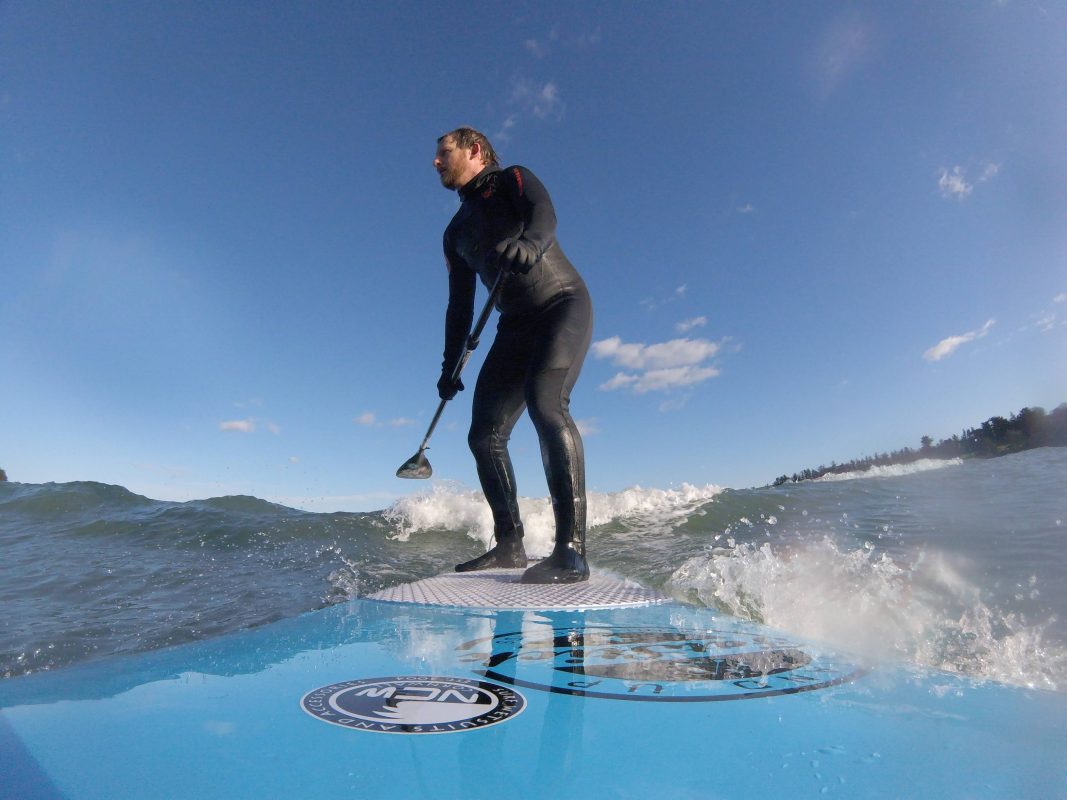
Wakeboarding and water skiing.
Wakeboarding and waterskiing are hugely popular watersports in the Camel Estuary, close to NCW’s Rubber Shack. The flat water entices riders to launch and have some tow fun. As with all these sports wakeboarding and waterskiing have specific requirements when considering wetsuits. The high speed nature of both sports means moving through the air, most likely wet, will increase the windchill and evaporative cooling effects. This therefore will dictate a thicker wetsuit most of the time – even in warmer weather.
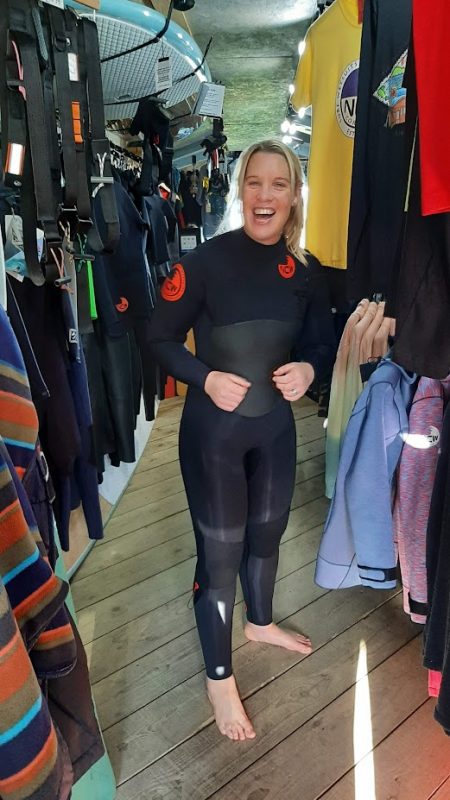
Another helping hand wetsuits provide is when riders stack it. Hitting the water a full chat can be a full on experience. In tandem with an impact vest and help wetsuits can provide a little additional impact protection. Again, thicker suits may help here.
What wetsuit do I need for waterskiing and wakeboarding?
The weather (as always in the UK) dictates what thickness your wetsuits should be. We’ve already mentioned above the additional effects of windchill and evaporative cooling through being above the water and wet. So keeping this in mind when wakeboarding and waterskiing is essential. It’s always better to be warmer than not.
Things to note.
A flexible wetsuit, but without losing performance, is a wise choice. There’s a lot of bending and flexing with both waterskiing and wakeboarding. Keeping this in mind is best practise. All NCW wetsuits offer great freedom of movement so therefore work for both these disciplines.
Surf life saving.
Surf life saving is a popular pursuit in locations like Cornwall. Of course, the ability to save lives at sea is admirable. But for many involved (such as NCW team rider Leigh Anderson) it’s almost a sport in its own right. In fact, surf life saving competitions occur frequently around the globe. LIfe guards pit their skills against others to see who’ll come out on top.
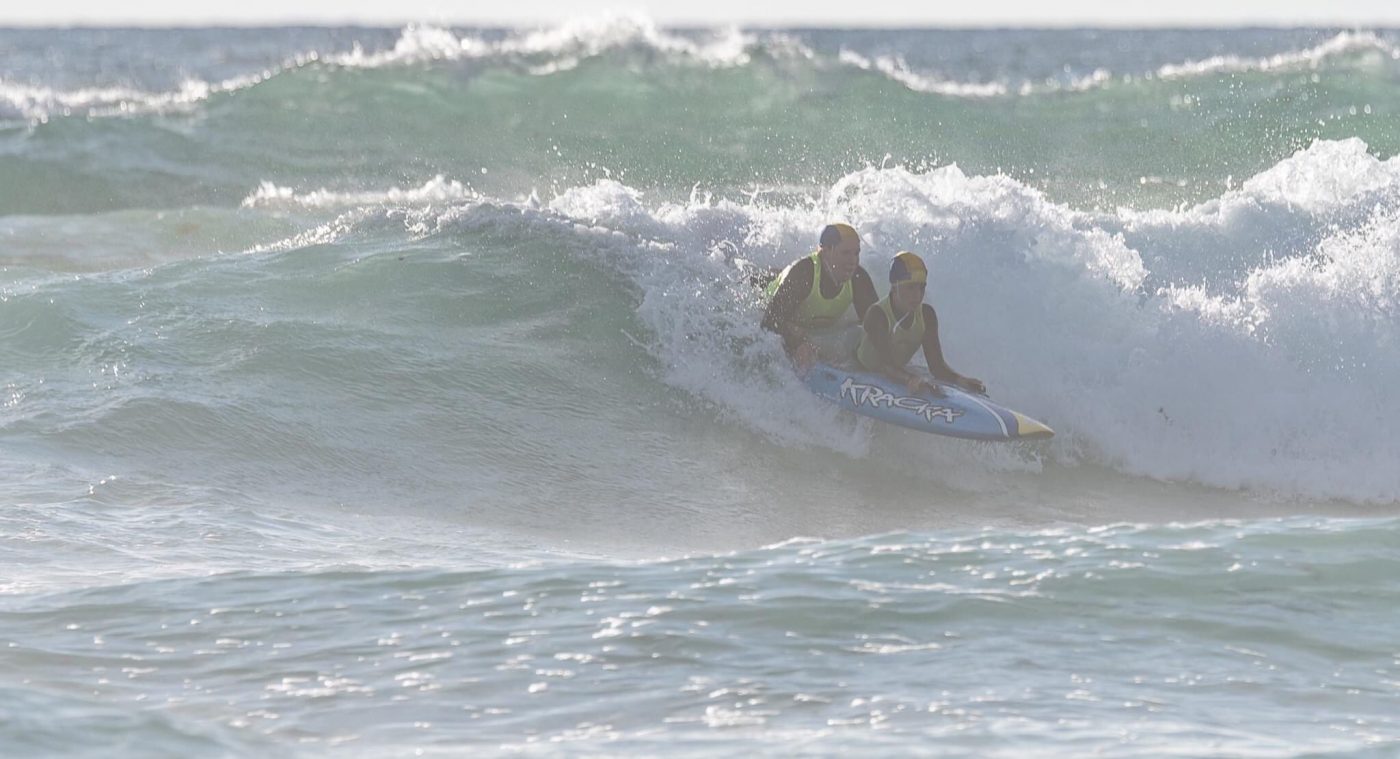
Swimming, paddling and practising lifesaving drills in the ocean require wetsuit protection year round. There’s a lot of physical activity to surf life saving, as such wetsuits need to be robust, flexible and warm.
What wetsuit do I need for surf life saving?
Surf life saving is practised all year – even during the depths of winter. Any wetsuit worn for the purposes of surf life saving needs to be durable, flexible and protect the wearer from the elements. Ideally flush should be minimal so neck, ankle and wrist seals need to be secure. There’s a lot of diving through waves and spending time actually immersed. Scrambling about beaches also should be factored in. If your wetsuit isn’t robust it’ll show signs of wear pretty soon.
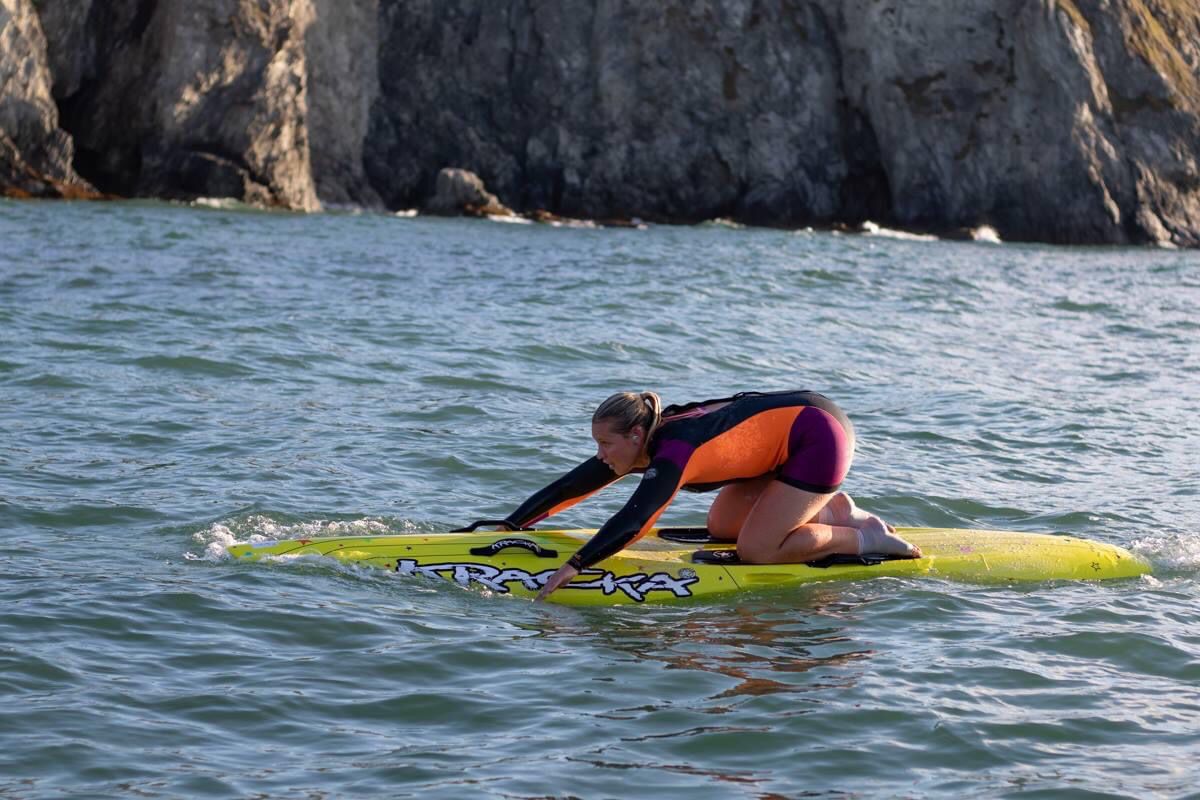
Things to note.
We’d suggest a chest zip wetsuit would be best as these tend not to flush water as much as back zip wetties. Reducing flush is key where surf life saving’s concerned. Lesh flush equals a warmer wearer.
Foiling.
Foiling, whereby aficionados fly above water using a hydrofoil for lift, is the newest school way of riding watery craft. Wind power, wave power, own steam and electrical all make up the colourful and attention grabbing world of foiling. Wing foiling (or wingsurfing) is the most popular form of flight. But prone foiling, SUP foiling, pump foiling and donwind foiling are hot on winging’s heels.
Probably the easiest form of flying above water is eFoiling. Battery powered foiling craft are controlled by handheld, Bluetooth wireless throttle triggers. EFoling is a great route into flying, even if the actual cost of gear is expensive. Here at NCW we have a vested interest in foiling as we have a sister website – Foilshop UK – dedicated to all things flight. Foiling is something we know quite a bit about…
What wetsuit do I need for foiling?
Another discipline where riders are found above the water more than in it the choice of wetsuit needs to be reflective. Windchill and evaporative cooling will be factors. With the efficiency of foiling being what it is moving through the air – even if a little damp – will cool riders down on the warmest of days. And at some point, you may end up in the drink. So your wetsuit should be able to protect against colder water too.
Things to note.
A wetsuit for foiling can also double as a form of impact protection. In tandem with an impact vest a good quality, robust wetty will help prevent slap should you hit the water from height. It may also stop skin abrasions from the foil itself should you brush against it. Some foil edges can be sharp!
Beach days.
Plenty of families through school holidays and high summer enjoy spending time at the beach. If the sun’s shining and it’s warm there’s nothing better. Even when there’s a touch of cloud, as long as there’s a bit of heat, it can be an enjoyable experience.
Messing about in the shallows or tidal pools, swimming, sandcastles, beach games and so on. In a lot of cases, wetsuits are worn for the whole day. Therefore your chosen wetsuit will be dealing with a lot!
What wetsuit do I need for beach days?
The overriding factor with any wetsuit being worn for a day at the beach is durability – especially where kids are concerned. If the chosen wetsuit is poorly manufactured and not fit for the job it’ll fall apart quickly. Areas around the knees, elbows and behind should be reinforced if possible and able to cope with all the rigours of a family beach day.
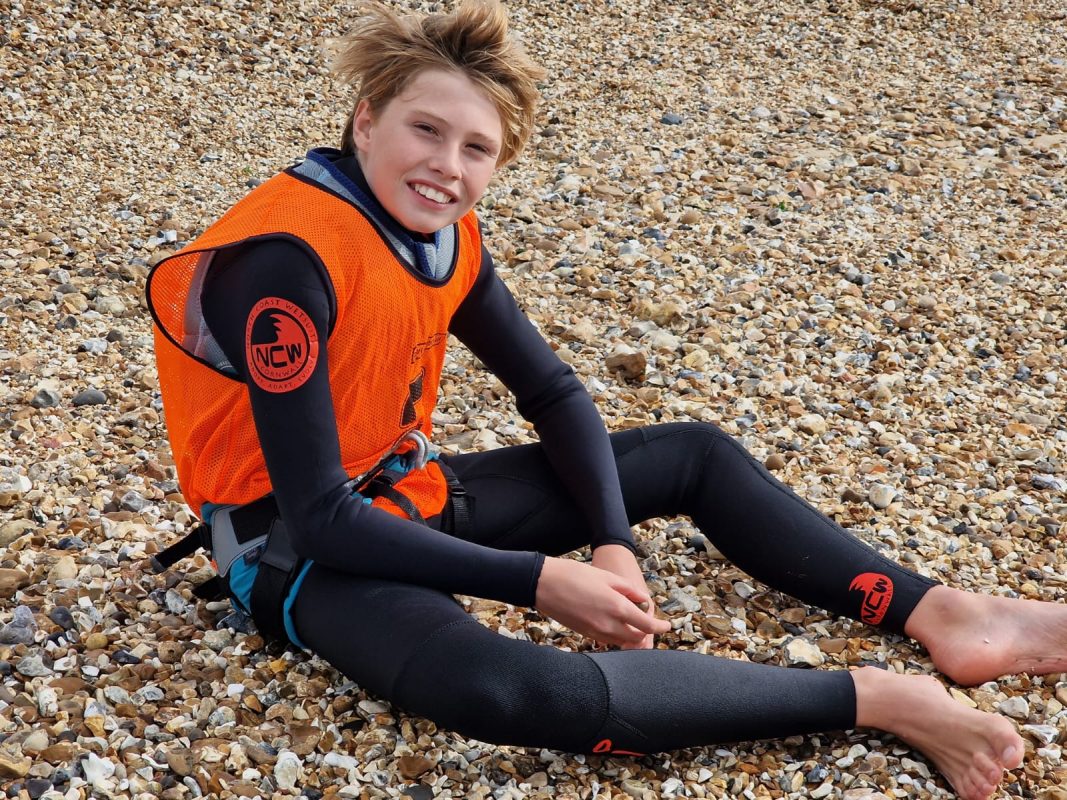
Your wetsuit will also need to keep you warm and toasty during those periods when taking a dip.
Things to note.
NCW kiddy wetsuits are designed with beach days in mind. But so are our adult suits. We have plenty of customers who do nothing more than play at the beach. Whilst we cater for all watersports we also want our products to work for those who don’t ride waves for instance. Fortunately, this is the case with all NCW kit, and is why families love the gear as much as hardcore riders do.
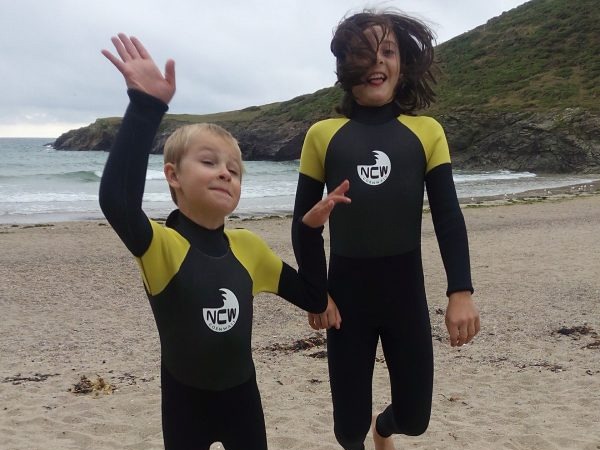
The bottom line with wetsuits and UK watersports.
Whatever water activity you hold as a preference and however you spend time near or in the sea, lake or river you need a good quality, well manufactured wetsuit that’ll keep you protected.
NCW are a homegrown UK brand that design and test specifically for UK waters. As such, you can count on North Coast Wetsuits to deliver products that’ll work and perform no matter what your chosen pursuit or application. Get in touch with us to see how we can help you.
For further reading here are a list of other similar activities to try.

